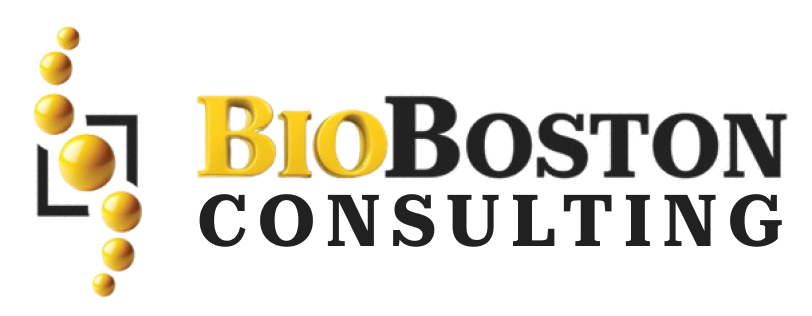The International Medical Device Regulators Forum (IMDRF) plays a crucial role in harmonizing regulatory practices for medical devices worldwide. While IMDRF does not prescribe a specific submission format, it provides frameworks that guide regulatory bodies in their respective countries. This ensures a standardized approach to the approval process. Here is a breakdown of the IMDRF guidelines and their impact on medical device submissions, as well as a closer look at the common submission formats adopted by various regulatory authorities.
Understanding IMDRF Frameworks for Medical Device Regulatory Compliance
IMDRF’s mission is to align the regulatory practices of its member countries. Here are the key guidelines that affect medical device submission formats:
- IMDRF Principles of Conformity Assessment
This foundational document outlines essential principles for the conformity assessment process. IMDRF encourages a harmonized approach to documentation and review procedures, making it easier for regulators to assess safety and performance data. However, it does not prescribe a uniform submission format, leaving this up to individual authorities.
- IMDRF Medical Device Classification
The classification of medical devices based on their risk and intended use significantly influences the type of documentation needed. While IMDRF offers guidance on how devices should be classified, it does not mandate a specific submission format for each classification.
- IMDRF Clinical Evaluation Guidelines
These guidelines focus on the documentation required to demonstrate the safety and effectiveness of a medical device. The guidelines influence the content of submissions but leave the specific format to individual regulatory bodies.
Common Submission Formats Influenced by IMDRF
Though IMDRF does not mandate a particular submission format, it supports the adoption of standardized formats to streamline regulatory processes globally. Here’s how IMDRF impacts submission practices:
- Electronic Common Technical Document (eCTD)
IMDRF encourages the use of the eCTD format, which is widely accepted across several jurisdictions, including the FDA, European Union, and Health Canada. This XML-based format is designed to organize and structure submission documents, typically in PDF format, facilitating easier review and harmonization of regulatory submissions.
- ISO Standards for Medical Devices
IMDRF emphasizes the importance of international standards like ISO 13485 (Quality Management Systems) and ISO 14971 (Risk Management). These standards affect the content, structure, and presentation of medical device submissions, promoting consistency across regulatory frameworks and ensuring compliance.
Regional and National Requirements for Medical Device Submissions
Although IMDRF promotes global harmonization, each regulatory authority has specific submission requirements. Here is a quick overview of how key markets handle device submissions:
- U.S. FDA
The FDA mandates the use of the eCTD format for medical device submissions, including 510(k), PMA, and De Novo applications. Detailed guidance is available on the necessary documents and formats required for each type of submission.
- European Union
The European Union also adopts the eCTD format for medical device submissions. While it aligns with IMDRF principles, the EU has additional specific guidelines that dictate the content and structure of the documentation.
- Health Canada
Health Canada, like other IMDRF member countries, accepts the eCTD format. Canada’s guidelines provide clear instructions on how medical device submissions should be prepared, adhering to international standards while maintaining regional specificity.
Key Document Requirements for Medical Device Submissions
IMDRF provides guidance on the key elements that should be included in medical device submissions:
- Device Description: A detailed account of the device, its intended use, and its components.
- Safety and Performance Data: Clinical data and other evidence supporting the safety and effectiveness of the device.
- Labeling Information: Proper labeling and instructions for use in line with regulatory standards.
- Risk Management Documentation: A risk analysis based on ISO 14971, demonstrating that all potential risks have been identified and managed effectively.
The Role of IMDRF in Standardization and Global Harmonization
IMDRF’s goal is to reduce regulatory duplication and streamline the approval process across countries. By promoting the use of international standards like ISO 13485 and ISO 14971, IMDRF ensures consistency in medical device submissions globally. This approach helps reduce barriers to market entry, benefiting manufacturers and regulators alike.
Navigating Regulatory Submissions with BioBoston Consulting
While the IMDRF does not prescribe a single, standardized submission format, its guidelines offer a framework for harmonizing regulatory practices across different countries. The eCTD format has become the industry standard, aligning with IMDRF’s goal of creating a globally unified regulatory landscape.
Need assistance navigating the regulatory submission process for your medical device? BioBoston Consulting specializes in helping medical device manufacturers meet compliance requirements in multiple jurisdictions. Whether you are preparing for FDA approval, CE marking, or Health Canada registration, BioBoston Consulting offers expert guidance on how to streamline your submission process.
Contact BioBoston Consulting today to ensure your medical device meets international regulatory standards with ease!

